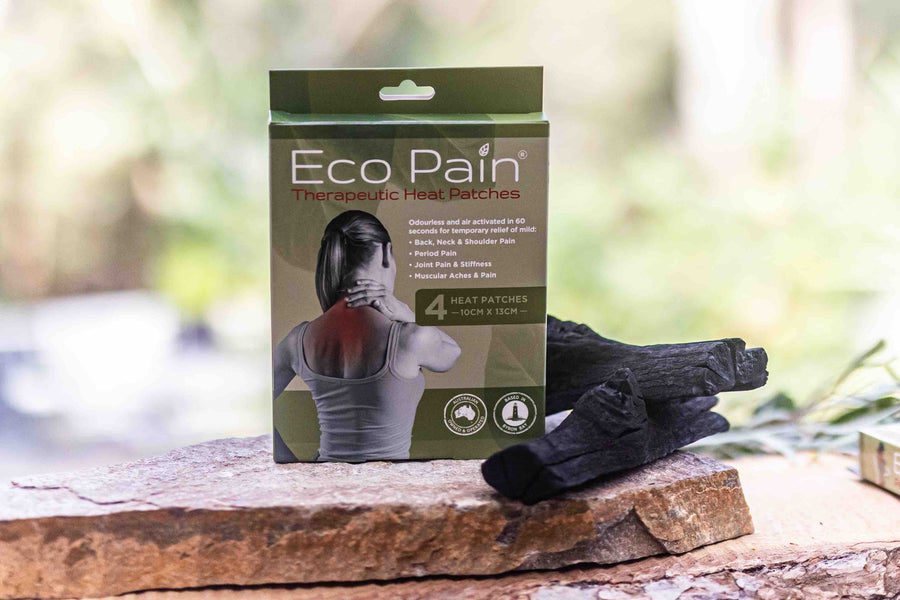Collection: Arthritis
ARTHRITIS PATCHES
COOLING HEMP PATCHES
ODOURLESS HEAT PATCHES
Frequently Asked Questions
-
Is heat or cold better for arthritis?
Arthritis is the swelling and tenderness of one or more joints. The main symptoms of arthritis are joint pain and stiffness, which typically worsen with age. The most common types of arthritis are osteoarthritis and rheumatoid arthritis.
When looking for a treatment to relieve arthritis pain it is important to understand which multidisciplinary pain management approach is best for you. Medical interventions and medication, together with natural medicine should be discussed with your health care professional.
When treating arthritis pain the use of heat, such as applying heating pads to aching joints, taking hot baths or showers, or using pain patches, can help relieve pain temporarily. Be careful not to burn yourself. Use heating pads for no more than 20 minutes at a time.
Use of cold, such as applying ice packs to sore muscles, can relieve pain and inflammation after strenuous exercise.
Among the most common home pain remedies is applying heat and ice directly to sites of pain. While this treatment may seem obvious, not everyone is clear on exactly when to use ice versus heat.
Applying an ice pack to reduce swelling and inflammation shortly after you experience a strained muscle, tendon, or ligament may bring relief.
Interestingly, once the inflammation has decreased, heat may help reduce the stiffness that comes with sprains and strains.
A heating pad or cold pack used briefly on the head may also help reduce the pain of a headache, while an ice pack can help relieve low back pain.
If your painful problem is arthritis, moist heat applied to the affected joint will help more than ice.
Applying an ice pack may help treat issues like:
- swelling
- bleeding
- inflammation
- headaches
- low back pain
- strained muscles, tendons, or ligaments
Meanwhile, applying heat can provide pain relief from conditions such as:
- joint stiffness
- muscle spasms
- arthritis
- headaches
-
What are the benefits of applying a pain patch directly to the pain area?
The pain patch is applied to your skin and massaged into the site of pain. There is no need to worry about swallowing pills, pain from injections, or messy and smelly gels and creams. These benefits may make pain patches seem like an ideal choice for pain relief. The best option for arthritis pain relief is all up to the individual.
It is always best to consult your doctor or health care professional when considering using patches for pain relief together with over-the-counter or prescription medications. Please consult with your doctor or pharmacist before making any changes to your pain management plan.
Pain Relief patches offer a more targeted and sustained pain relief option for mild arthritis, lower back pain and general aches and pains.
-
Do the pain patches for arthritis stay on joints when you move?
Exercise is crucial for people with arthritis and joint pain. It increases strength and flexibility, reduces joint pain, and helps combat fatigue. Of course, when stiff and painful joints are already bogging you down, the thought of walking around the block or swimming a few laps might seem overwhelming.
Eco Pain Relief Patches use a quality adhesive and are designed to stay on joints and parts of the body when you move.
Our pain patches use a lightweight flexible breathable fabric that are designed to stay on painful joints and muscles whilst moving and exercising.
-
Does arthritis hurt more when you move?
Stiff joints are more common in rheumatoid arthritis and usually get worse after resting. In osteoarthritis, joints feel worse after they've been working.
Read more about the difference between Rheumatoid arthritis and Osteoarthritis here at ARTHRITIS AUSTRALIA.[https://arthritisaustralia.com.au/what-is-arthritis/types-of-arthritis/]
-
How long do arthritis flares usually last?
Arthritis flare-ups can be variable, but they generally last three to five days with conservative care. Home care can include anti-inflammatory medicines, changing activities, and using heat, compression, or bracing.
-
Does moving the joint help arthritis?
On the whole, the answer is "keep moving." Your joints were made to move. They need movement to nourish the joint and keep the muscles around the joint strong and limber. Doctors encourage their patients with arthritis to be as active as they can—as long as it isn't exacerbating joint pain.
-
What triggers arthritis flare ups?
The most common triggers of an OA flare are overdoing an activity or trauma to the joint. Other triggers can include bone spurs, stress, repetitive motions, cold weather, a change in barometric pressure, an infection or weight gain.
-
How do you calm an arthritic flare up?
Hot and cold compresses can help ease the pain of an arthritis flare. Heat soothes joint pain by increasing blood flow to the painful area and relaxing the muscles. Cold eases inflammation by constricting the blood vessels.


















